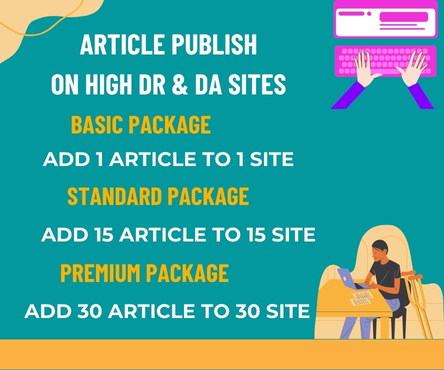Urine incontinence is a prevalent yet often stigmatized condition affecting millions worldwide. It’s not just a natural part of aging, but a treatable medical condition that can significantly impact one’s quality of life. The good news is that various effective treatments can help manage and even cure urine incontinence. In this article, we’ll explore the urine incontinence treatment.
Understanding Urine Incontinence
Before diving into treatments, it’s essential to comprehend the types and causes of urine incontinence. There are several types, including stress incontinence (leakage during physical activity), urge incontinence (leakage accompanied by a strong urge to urinate), mixed incontinence (combination of stress and urge incontinence), and overflow incontinence (leakage due to a full bladder). Causes can range from weakened pelvic muscles, neurological disorders, certain medications, and underlying medical conditions.
Lifestyle Changes and Behavioral Therapies
The first line of treatment often involves lifestyle modifications and behavioral therapies. These include:
- Pelvic floor exercises: Also known as Kegels, these exercises strengthen the muscles that support the bladder and urethra.
- Bladder training: Gradually increasing the time between bathroom visits can help improve bladder control.
- Dietary changes: Avoiding trigger foods and drinks, such as caffeine and spicy foods, can alleviate symptoms.
- Weight management: Maintaining a healthy weight can reduce pressure on the bladder and pelvic muscles.
- Fluid management: Regulating fluid intake and avoiding excessive drinking can help manage symptoms.
Medications and Supplements
For more severe cases, medications and supplements can provide relief. These include:
- Anticholinergics: Medications that relax the bladder muscle and improve bladder control.
- Beta-3 adrenergic agonists: Medications that help relax the bladder muscle and increase bladder capacity.
- Topical estrogen: Creams or vaginal inserts that can help strengthen the pelvic muscles and improve bladder control.
Minimally Invasive Treatments
When lifestyle changes and medications aren’t enough, minimally invasive treatments can be effective:
- Botox injections: Injecting Botox into the bladder muscle can help relax the muscle and reduce symptoms.
- Bulking agents: Injecting materials around the urethra can help support the urethral sphincter and prevent leakage.
- Tibial nerve stimulation: A minimally invasive procedure that stimulates the tibial nerve to help regulate bladder function.
Surgical Options
In severe cases, surgery may be necessary:
- Sling procedures: A surgical procedure that involves placing a supportive sling around the urethra to improve bladder control.
- Colposuspension: A surgical procedure that involves lifting the bladder neck to improve bladder control.
- Artificial urinary sphincter: A surgical procedure that involves implanting a device that helps control the flow of urine.
Conclusion
Urine incontinence is a treatable condition, and there are various effective treatments available. By understanding the types and causes of urine incontinence, individuals can work with their healthcare provider to develop a personalized treatment plan. From lifestyle changes to surgical options, there’s hope for those struggling with this condition. By breaking the silence and seeking treatment, individuals can regain control over their bladder and improve their overall quality of life.

